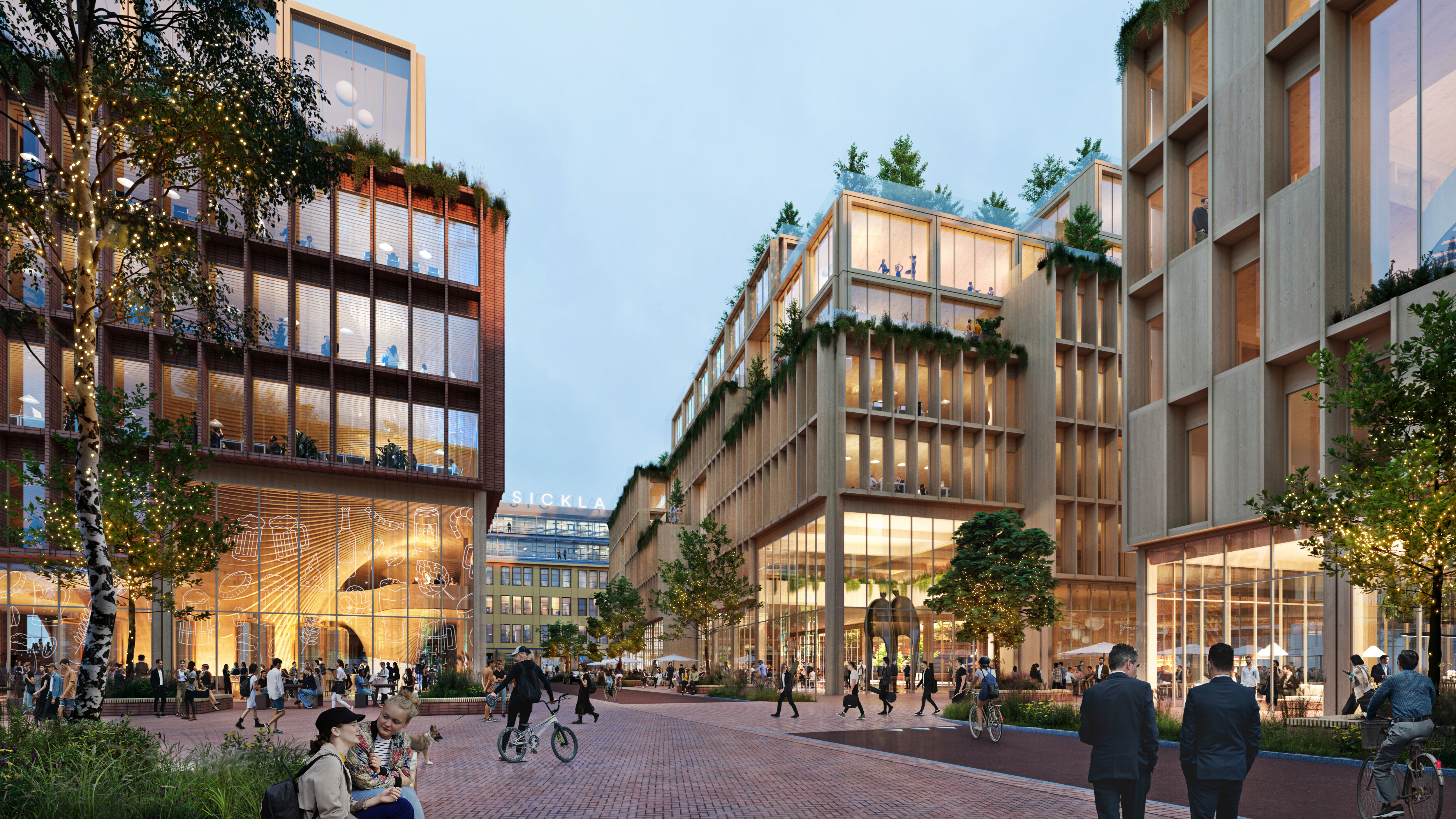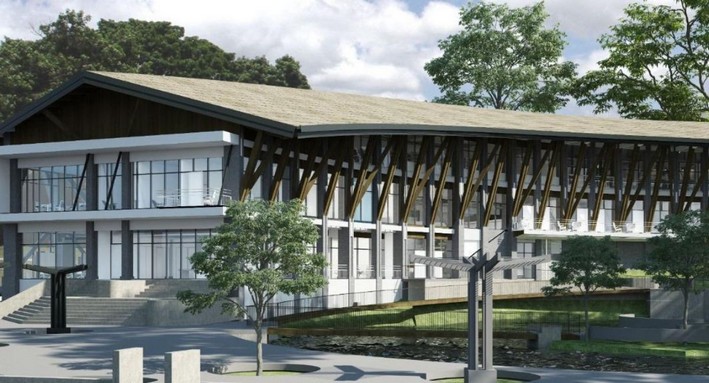Chilean-Peruvian delegation explores in Finland and Sweden the Nordic model revolutionizing timber construction
In May 2025, a delegation of professionals from Chile and Peru—architects, academics, developers—traveled to Northern Europe to experience firsthand the successful Nordic timber construction model. The goal: explore concrete cases, engage with experts, and gather ideas applicable to the Latin American context.
Finland and Sweden are global leaders in timber construction, thanks to their strong forestry industry, technological innovation, and public policies. Both countries, besides being world leaders in sawn timber production, have transformed this potential into a successful urban development model, convincing consumers, investors, banks, and insurers of the benefits of building with wood.
"Chile is one of the world's top producers of sawn timber," highlights Niina Fu, the tour organizer. "The Nordic model opens significant opportunities for cooperation to promote more sustainable construction in Chile."
Over five intensive days in Finland and Sweden, the delegation visited pioneering projects, landmark buildings, and innovation centers, establishing key connections with developers, architects, universities, and local authorities.
Cities Leading the Way
In Stockholm, the focus was on Stockholm Wood City, the world's most ambitious urban timber project, designed for 7,000 people and encompassing over 250,000 m² of built space. They also explored the residential complex Cederhusen, entirely built with CLT, reaching 13 stories and offering high-density housing solutions with low environmental impact.
In Finland, the city of Turku showcased its pilot neighborhood Linnanfältti, featuring low-rise housing designed for 1,500 people, and a unique case: two identical buildings constructed with wood and concrete respectively, enabling empirical comparison of their technical and environmental performance.
The tour concluded in Helsinki, with presentations on the Keilaniemen Portti building—which will reach 60 meters in height in timber upon completion in 2026—and participation in the international conference WoodBuild Finland 2025.
Public Role
Beyond the projects visited, the delegation learned about the key role of public policies in sustainable construction. In Finland, 45% of new public buildings must be made of wood by 2025, as part of its goal to achieve carbon neutrality by 2035. In Sweden, since 2022, all new construction must account for its carbon footprint, complying with its Climate Law, which sets a neutrality target for 2045.
The visit also highlighted how Finland complements its legislation with strong innovation incentives. The delegation visitedKIRAHub, a key center for smart city and sustainable construction development, where three Finnish startups presented their innovations, showcasing the value of collaboration between the public sector, academia, and businesses.
A View from the South
Beyond the numbers and landmark buildings, the experience sparked reflection on timber's potential as a driver of sustainable development in Latin America. Among the participants were representatives from theCiudad Madera Consortium, a Chilean initiative promoting the use of this material in construction.
Christian Cancino, from the Ciudad Madera Consortium, noted that "the visit confirmed that timber construction is key to addressing the sector's challenges. In Finland and Sweden, sustainability translates into action, and wood delivers efficiency and well-being. For Ciudad Madera and Territoria, this experience validates our strategy and reaffirms we're on the right path."
Another participating institution was theSan Sebastián University(USS), which has incorporated timber construction as a strategic focus in training architects and built-environment professionals. Anita Jara, a USS representative, emphasized the value of the exchange, stating, "We visited landmark projects, shared methodologies with various institutions, and gained learnings directly applicable to academic training."
The tour reaffirmed that wood is not just part of humanity's construction past but also a key piece in building the cities of the future.















